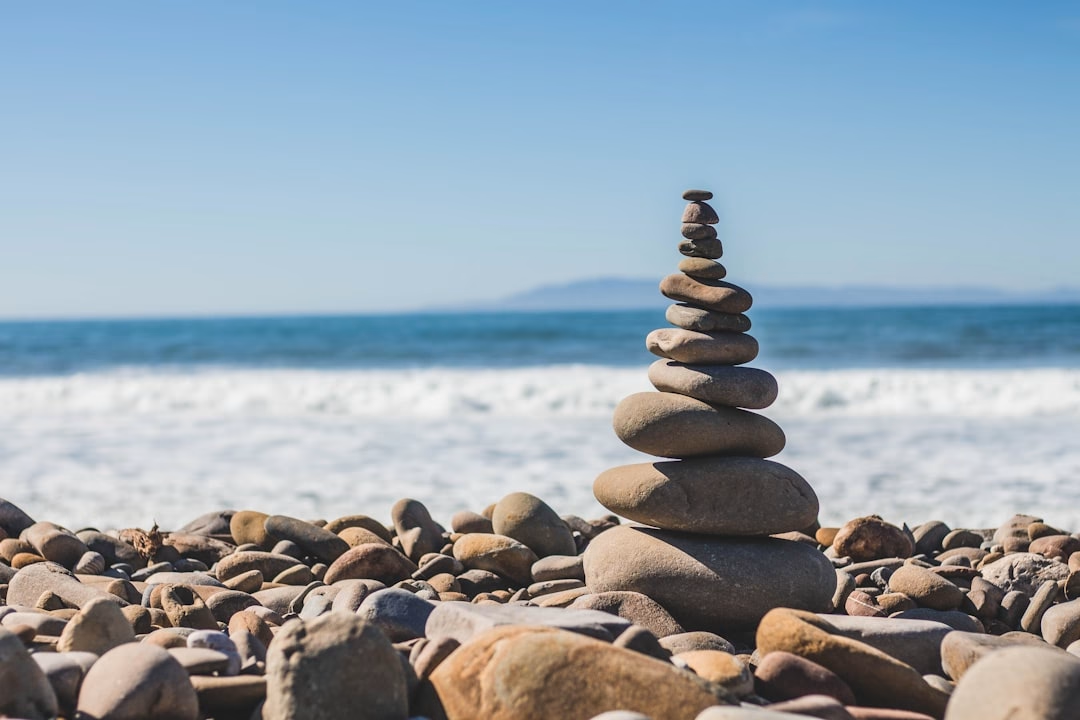Exercise has been widely known for its numerous health benefits which range from cardiovascular health improvement, mental health enhancement, to weight management. However, one aspect that is often overlooked is the positive impact of exercise on bone health. In this article, we are going to explore the wide range of benefits that exercise has on our bones and how it helps to improve our overall health and wellbeing.
Improves Bone Density
One of the primary benefits of exercise, particularly weight-bearing and resistance exercises, is the improvement in bone density. As we age, our bone density naturally decreases which can result in conditions like osteoporosis. Regular exercise stimulates the process of bone formation and reduces the risk of fractures and breaks.
Reduces the Risk of Osteoporosis
Regular exercise not only increases bone density but also reduces the risk of osteoporosis – a condition characterized by weak and brittle bones. This is especially significant for postmenopausal women who are at high risk of osteoporosis due to decreasing levels of estrogen – the hormone that protects against bone loss.
Enhances Coordination and Balance
Certain forms of exercise such as yoga and tai chi can improve coordination and balance, reducing the risk of falls and related fractures. This is particularly important as we age, as bones take longer to heal after a fracture. Specialized exercises can thus contribute significantly to elderly health and independence.
Best Exercises for Bone Health
- Weight-bearing exercises: These exercises include activities that make you move against gravity while staying upright. They can be high-impact, such as running, jumping rope, and step aerobics, or low-impact, like walking, elliptical training, and stair-step machines.
- Resistance exercises: These are exercises where you move your body, a weight, or some other resistance against gravity. They include lifting weights, using elastic exercise bands, and even using your own body weight (e.g., push-ups or planks).
- Flexibility exercises: Though they don’t directly impact bone density, flexibility exercises like yoga and pilates can improve balance and coordination, which can prevent falls.
- Stability exercises: These exercises also help prevent falls by improving your ability to control and maintain your body’s position. This can be especially important for older adults. Examples include balance exercises, tai chi, and exercises performed on a stability ball.
Always remember, it’s essential to speak with a healthcare provider before starting a new exercise routine, particularly if you have a chronic health condition, balance issues, or injuries. With the right approach, exercise can serve as a powerful tool for maintaining and enhancing bone health.
